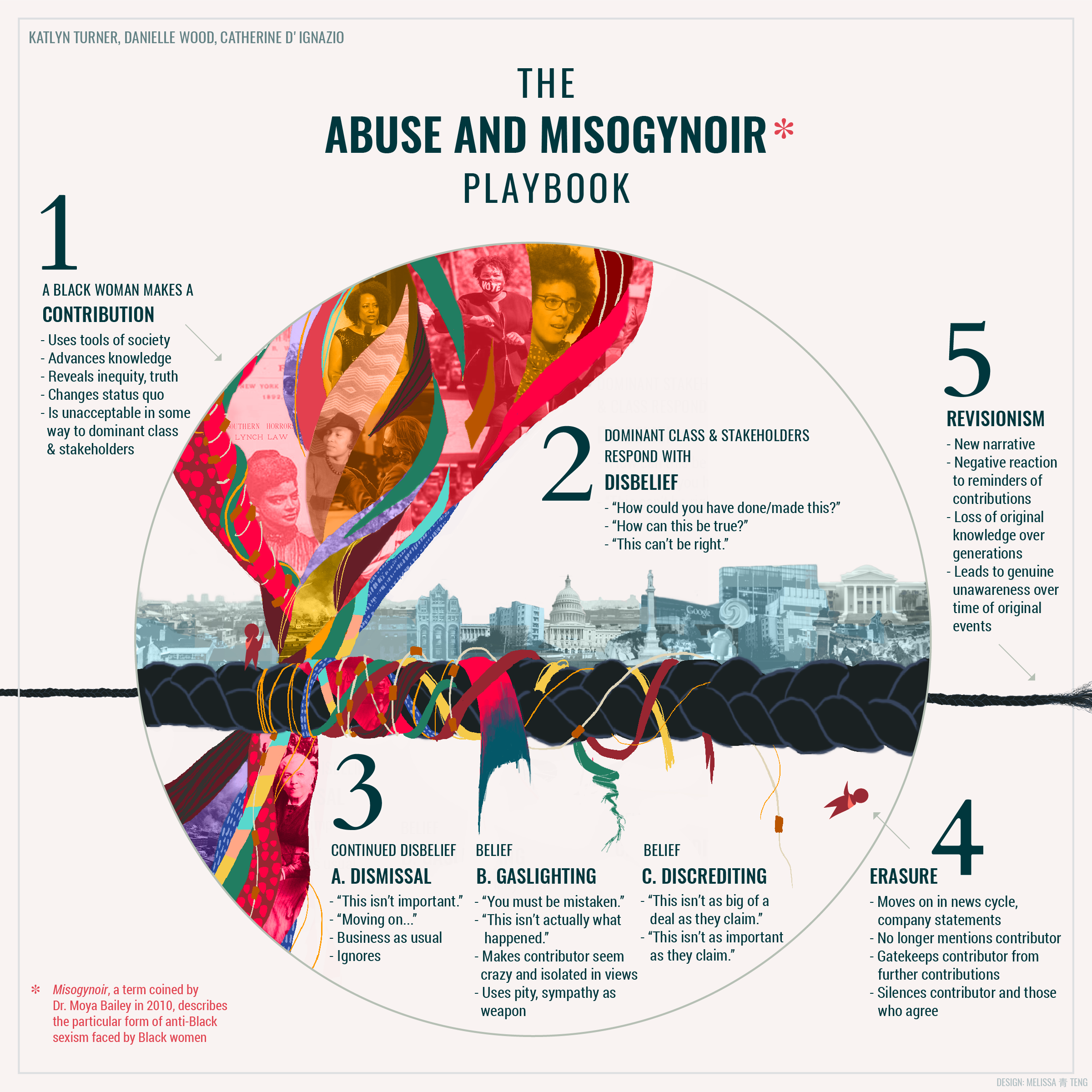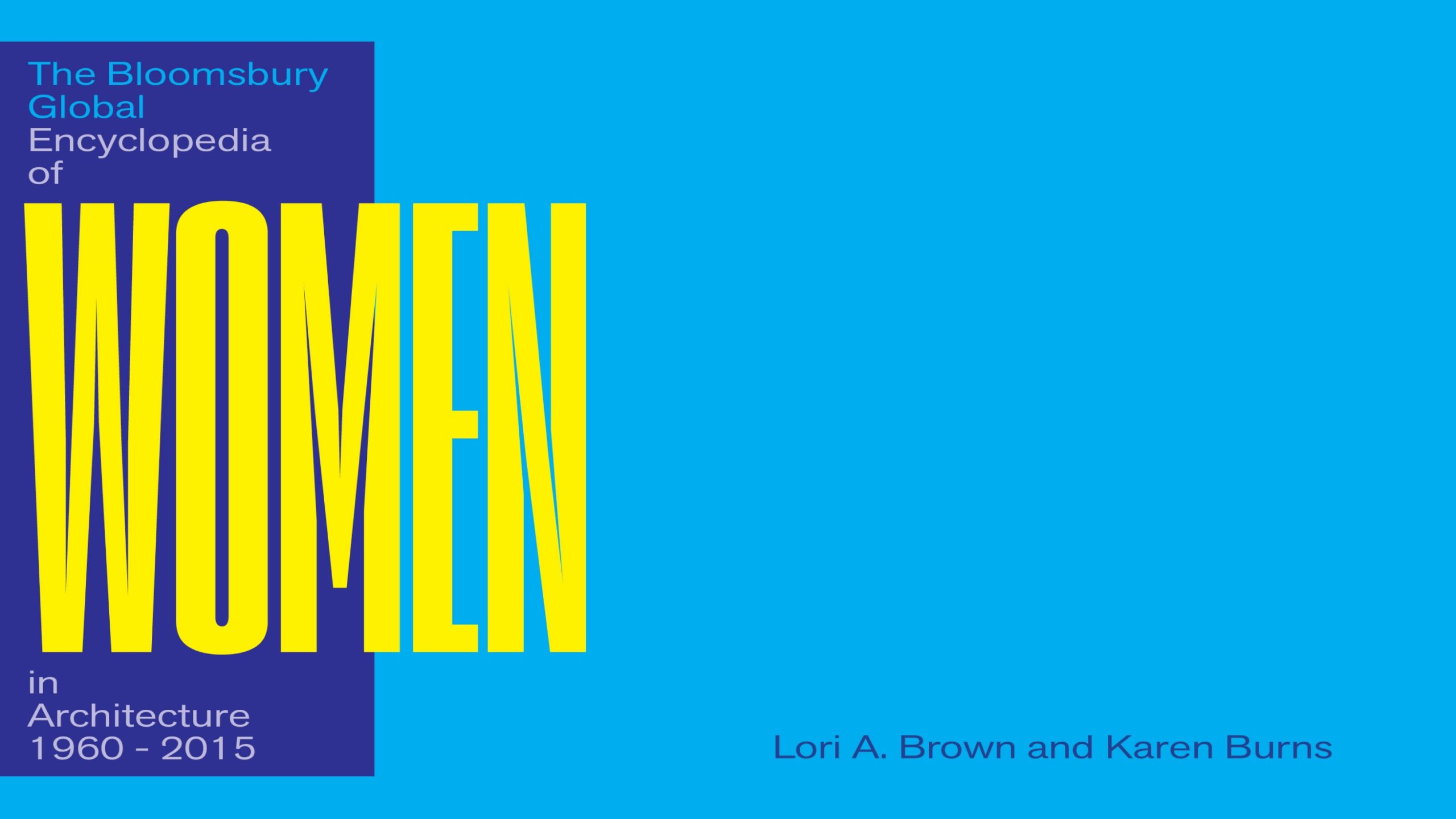August 20, 2021
Reflection: Feminist Practices in Design + Data
Jocelyn Yu
Jocelyn Yu was a Sasaki Foundation intern for summer 2021; she is also a sophomore at Wellesley College. This blog post, which she completed as part of her internship, builds on Feminist Practices in Design and Data, a virtual event the Sasaki Foundation hosted on March 25, 2021.
In spring 2021, the Sasaki Foundation hosted a panel discussion titled Feminist Practices in Design and Data, with Lori Brown, Director of Diversity, Equity and Inclusion and Professor at Syracuse University and Co-founder at ArchiteXX; Danielle Wood, Assistant Professor in the Program in Media Arts and Sciences and the Department of Aeronautics and Astronautics at MIT; Katlyn Turner, Research Scientist at MIT Media Lab; and Catherine D’Ignazio, Director of the Data and Feminism Lab and Assistant Professor of Urban Science and Planning at MIT. The discussion was moderated by Sasaki senior planner Elaine Limmer.
During this panel, Danielle Wood, Katlyn Turner, and Catherine D’Ignazio discussed an article they co-authored called, “The Abuse and Misogynoir Playbook,” which argues the behavior of silencing Black women’s voices is a pattern that happens repeatedly in history. They call this pattern a playbook. The playbook often begins with a Black woman attempting to make a contribution through publication that challenges the status quo, “perhaps advancing liberation or justice in some ways that society isn’t ready for,” as Katlyn Turner puts it. The dominant class and stakeholders then respond with disbelief, such as questioning the accuracy of the content or the ability of the writer, both from the fact that the publication comes from a Black woman and that the contribution itself is saying something unacceptable. According to the playbook, there follows a period in which the dominant class attempts to gaslight the contributor, the contribution, or both. Over time, Turner says, the writer may experience the erasure of her contribution.

As an example of the playbook, the speakers told the story of Dr. Timnit Gebru, a co-leader of Google’s Ethical AI team, who was fired after writing a research paper warning of the dangers of AI models for spreading racism and sexism. AI systems, which are often designed and engineered by white men, learn by analyzing enormous amounts of digital data, and risk perpetuating biases inherent in the data sets they analyze. Dr. Gebru’s co-authored research paper, “On the Dangers of Stochastic Parrots: Can Language Models Be Too Big?,” questioned the risks associated with the expansion of AI and the strategies taken to mitigate those risks. First and foremost, Dr. Gebru argued, AI models are as biased as the information they reference–which means that they reproduce the biases inherent in a pool of data. Dr. Gebru found that AI models also risk furthering the spread of misinformation. Systems like AI make false information harder to identify since they excel at mimicking real human language. AI could become the true purveyors of misinformation in a way that is more believable than what currently exists on social media. Finally, there is risk in the opportunity cost of developing such models when this investment and time can be utilized elsewhere, such as a more nuanced and ethical dataset. Dr. Gebru’s research paper went through a peer review process at Google; however, the company fired her in 2020 for refusing to retract the critical paper when it was ready for publication.

Identifying and naming the playbook are the first steps, but where do we go from here? Before taking any actions, it is important to expand our awareness of history. In the data science and design fields, it is natural to focus on and envision the future. However, if we come to the present moment without an understanding of history, how can we see injustice and act upon it? The playbook has happened countless times; many Black women’s voices have been silenced. Instead of just thinking about the future, it is important to dig up the work of the past. Luckily, people like Lori Brown are already pursuing this. Lori, in collaboration with Karen Burns, is an editor on a large “documentary project that maps the diversity of women’s practices in the built environment of the global north and south from 1960 to 2015,” the Bloomsbury Global Encyclopedia of Women in Architecture. History is usually presented chronologically, but their project challenges this construct and presents history through a geographic framework that enables historical periods and transnational movements of women in architecture to become more visible. This encyclopedia they are creating aims to better represent reality with a new point of reference. This new pool of information can contribute to reducing the biases AI is facing currently.
After we expand our awareness of history, the next step is to design new prototypes. According to Danielle Wood, the new prototypes should be liberatory. The process starts with listening to experts, like the speakers for this event, having conversations with each other, exposing ourselves to the different ways experts are thinking. Through trial and error, eventually we will shift to more equitable, inclusive systems.
It is heartening to see a focus on voices that haven’t been deemed worthy of inclusion in the dominant narrative of architecture. This panel serves as a proof that transformation is happening. Challenging and changing the dominant narrative does not happen overnight; it is a gradual, perpetual process that needs acknowledgement and cheers. The most important takeaway for me from listening to this talk is that women, especially Black women, have been activists for a long time. We don’t hear them often because their work has been erased, not because they didn’t contribute. So how do we expand our history to include Black women’s work? It starts with the work the speakers have been doing. They are the force of change right now; eventually, the younger generation, myself included, will take on and keep challenging the dominant narrative.
For a list of resources shared by event panelists and attendees, download our Feminist Practices in Design and Data Resource Sheet.
